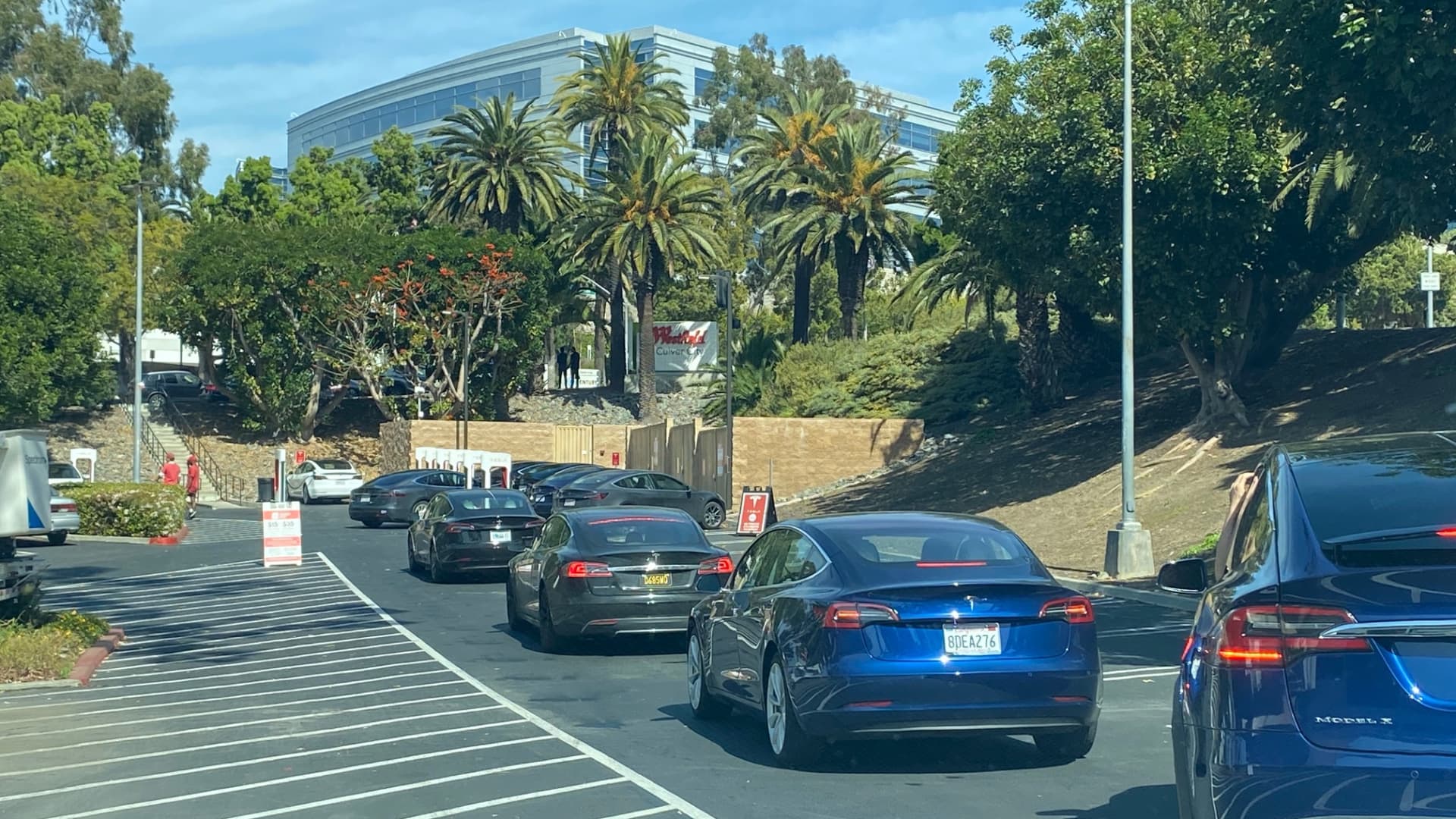Goldman says thereâs a $10 trillion opportunity in the energy sector â and reveals 2 areas to watch


Goldman Sachs says Europe’s energy transition is a big opportunity for investors, in areas ranging from energy storage to charging infrastructure for transport networks. The investment bank says infrastructure investments to the tune of 10 trillion euros (about $10 trillion) will be needed for the transition, as Europe aims to achieve net-zero emissions by 2050. “Cumulative infrastructure investments of €10 trn will be needed by 2050 for Europe’s energy transformation, reaching the equivalent of > 2% of GDP by 2030,” Goldman analysts wrote in a July 20 report. They added that it will reduce the net energy import dependency rate of the region from 58% to 15% by 2050. The drive toward alternative forms of energy for Europe has been made more urgent by the Ukraine war, as Russia threatens to shut down gas supplies to Europe. The European Union did receive about 40% of its natural gas from Russia. Here are the opportunities the bank says investors should look out for. Solving the energy storage problem According to Goldman, hydrogen will be critical in the shift toward renewables in the long term. Hydrogen will address the “seasonal discrepancy between renewable power supply and power demand and aiding the de-carbonization of heavy industry and transport,” the investment bank said. The EU’s energy infrastructure is not yet sufficiently set up to handle the intermittency of renewable energy — it’s hard to store energy from renewables for times when the sun doesn’t shine and the wind doesn’t blow. The EU’s energy infrastructure hasn’t been built to handle the intermittent nature of renewable energy, which depends on favorable weather conditions. Much like natural gas, hydrogen can be stored underground. It can also be used as a way to store energy from intermittent renewable sources like sun and wind, which produce more at certain times, and less at others. Utilities can convert the excess electricity from solar and wind power into hydrogen, and save it for later use as an alternative to battery storage. Goldman’s analysts pointed out that natural gas consumption varies significantly with the time of year. And that “seasonal mismatch” makes it very difficult to substitute Russian gas with renewable power, given that the months with the most solar power output are also the months with the least consumption. “As the growth in renewable power accelerates, intraday and seasonal variability has to be addressed through energy storage solutions,” Goldman analysts wrote. Hydrogen, as well as utility-scale batteries, will help address that challenge, according to the report. Overall, the infrastructure surrounding renewable power generation, energy storage and related networks would represent an investment opportunity of 6 trillion euros, said Goldman. Hydrogen demand itself would create a 0.74 trillion euro opportunity in supply chains in Europe, it added. In a separate July note, Goldman named two clean energy stocks — Enphase Energy and Sunrun , which develop battery energy storage products and solar generation products. It says Enphase will be in focus on expectations of very strong growth in Europe. Road transport Goldman said electrification is set to be the key decarbonization technology for Europe’s road transport, which would include passenger cars, trucks and commercial vehicles. While electric vehicles could be the most attractive decarbonization solution for short- and medium-haul transport, the growth of fuel-cell electric vehicles would notably accelerate in heavier transport such as buses and forklifts. Electric vehicles run on batteries, while fuel-cell electric vehicles are powered primarily by hydrogen. “We believe road transport is at the start of its most significant technological change in a century, with electrification, autonomous driving and clean hydrogen at the core of the de-carbonization challenge,” Goldman said. Charging and refueling infrastructure critical in decarbonizing transport would make up a 0.6 trillion euro investment opportunity in Europe, Goldman said. Clean hydrogen and other hydrogen-derived fuels – synthetic fuels, ammonia and methanol — will emerge as important energy sources, it added. “The ability to facilitate the energy evolution of transport envisaged, with rapid uptick of electrification and alternative fuels, calls for substantial infrastructure investments, which we estimate at €0.6 tn cumulatively to 2050,” Goldman wrote. “This is imperative for the increasing number of public but also private chargers as well as alternative fuels refueling stations.” This post has been syndicated from a third-party source. View the original article here.



